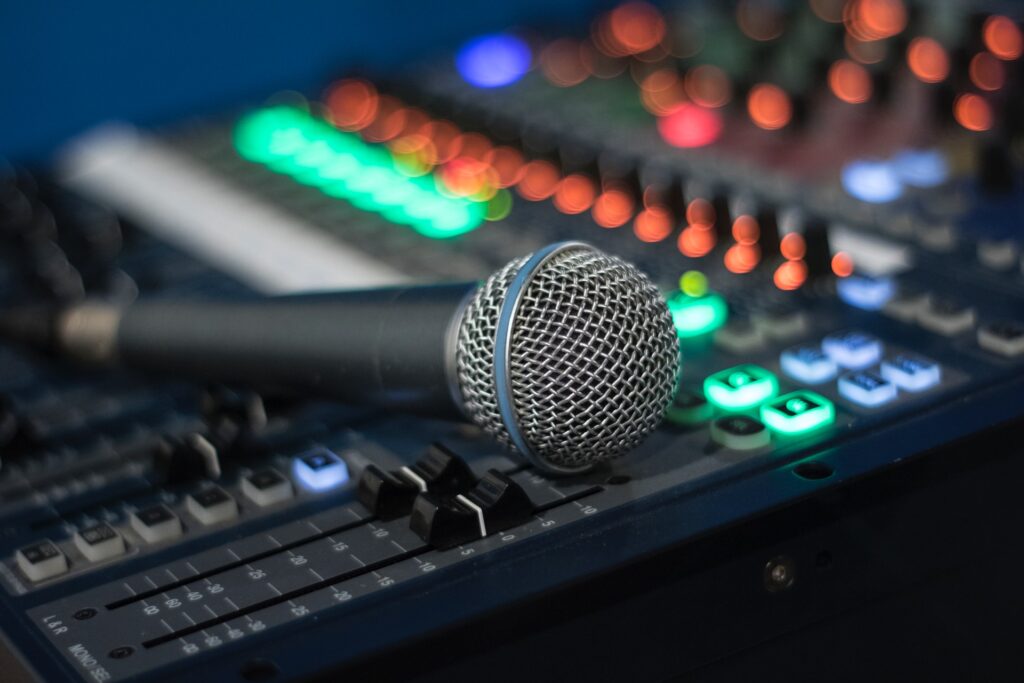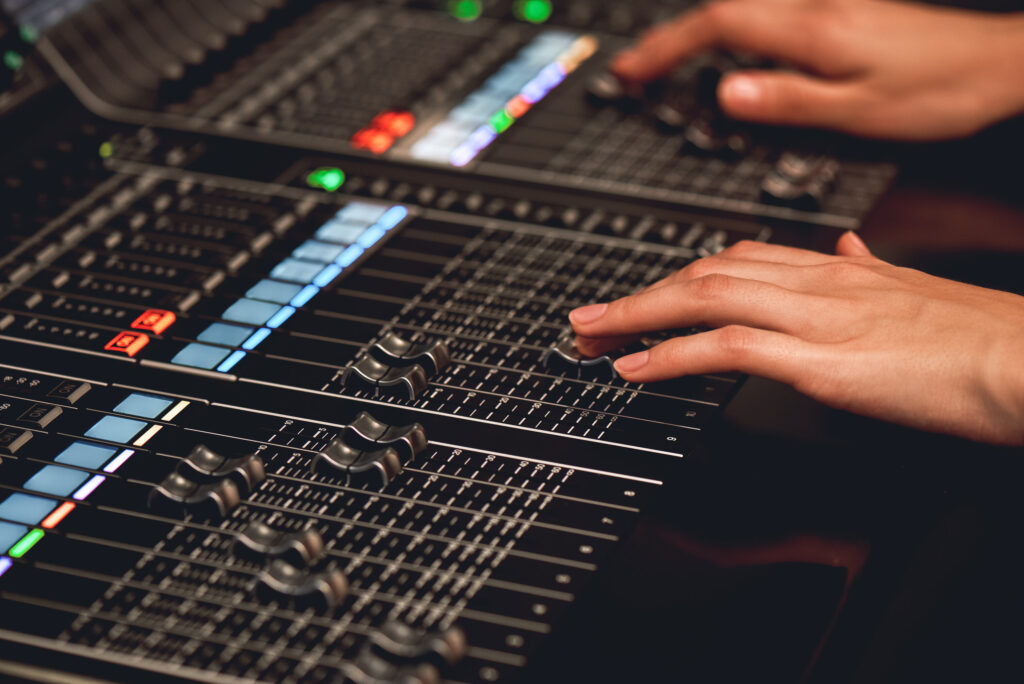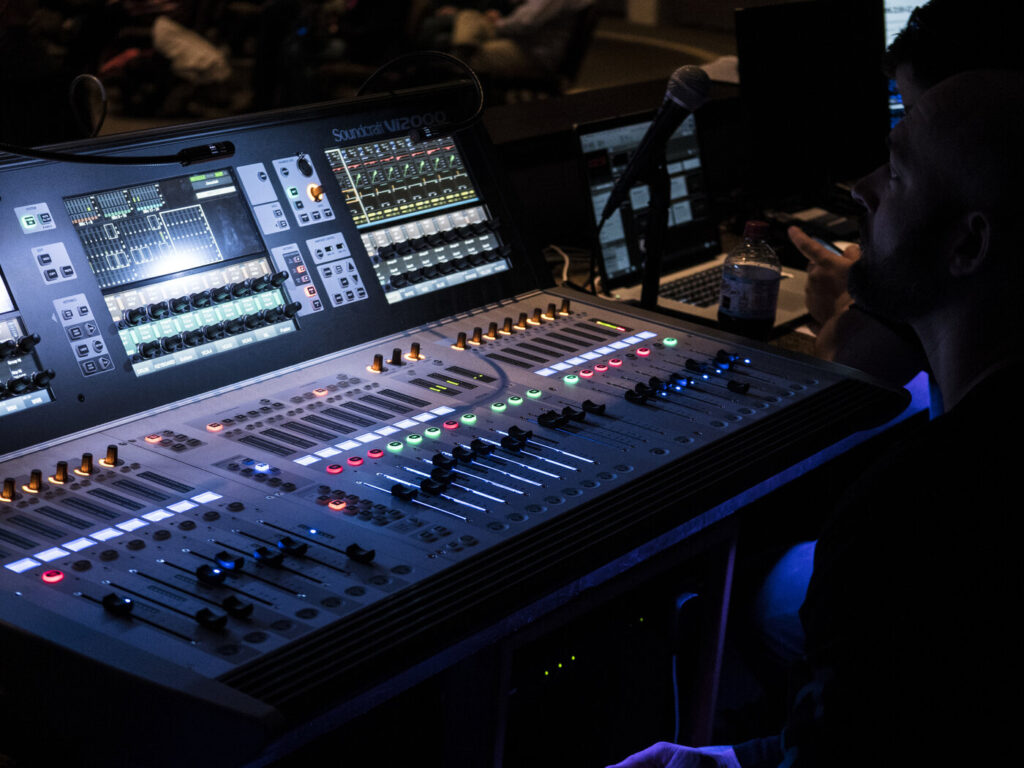As churches increasingly embrace live streaming to connect and share their message with a broader audience, the importance of high-quality audio in delivering an engaging and inspiring worship experience becomes undeniable. With various components and considerations to navigate, a well-designed audio system plays a critical role in the success of your live streaming service, ensuring a clear, coherent, and immersive audio experience for your online congregation.
To help you understand and optimize your church’s audio system for live streaming, this comprehensive guide will discuss the significance of a high-quality audio experience during live-streamed church services and delve into the key components of an effective audio system. From microphones to audio interfaces and streaming software, we’ll provide insights into selecting and implementing the most suitable gear for your specific needs.
Furthermore, we’ll share valuable tips for optimizing your audio mix, such as microphone selection and placement, gain staging, EQ, compression, effects, stereo imaging, and monitoring.
Additionally, we’ll discuss the importance of finding the right audio partner, such as MessengerAVL, to support your church’s live-streaming needs, ensuring a seamless and professionally orchestrated solution that best fits your requirements. By collaborating with an experienced and knowledgeable provider, your church can unlock its full potential and enjoy an audio system that enhances the quality of your live-streaming worship experiences.
Finally, we’ll address the significance of proper training for your audio team to efficiently operate and manage the audio system during live-streamed services. Empowering your staff and volunteers with the necessary knowledge and skills will ensure your live streams consistently deliver high-quality audio, captivating your online congregation and facilitating their connection to your worship services.
Join us as we explore the essentials of understanding and optimizing audio systems for live-streaming church services, enabling you to harness the power of technology to deliver a more impactful and engaging worship experience for your growing online community.
Importance of High-Quality Audio for Live Streaming Worship Experiences
A high-quality audio experience is essential for live-streamed church services, as it directly impacts the viewer’s overall perception and engagement. Clear and well-balanced audio helps convey your message effectively, maintaining the emotional connection between worship leaders, musicians, and the online congregation.
Moreover, audio quality plays a crucial role in retaining viewers, as poor audio can lead to frustration and prompt online worshippers to leave the stream in search of a better experience elsewhere.
Key Components of an Effective Audio System for Live Streaming
To ensure a high-quality audio experience for your live streamed services, it’s vital to understand and carefully select the components of your audio system. Here are the crucial elements to consider:
Microphones
Microphones are the primary tools for capturing sound in your worship space. Several types of microphones are available, and their suitability varies depending on the specific application. For instance, choir microphones are designed to capture the collective sound of a group, while dynamic microphones are typically used for close-up vocal applications. On the other hand, instrument microphones are tailored for capturing sounds from various instruments, such as guitars, drums and percussion, and other instruments.
Audio Mixers
Mixers combine and process multiple audio inputs, allowing you to balance and blend sound levels, adjust equalization, and incorporate audio effects. Depending on your needs and budget, your church’s audio mixer can range from a compact, portable device to a full-featured digital console capable of advanced processing and automation.
Digital Signal Processing
Digital Signal Processing (DSP) is the use of digital techniques to modify and enhance audio signals. DSP can improve your audio quality through equalization, compression, reverb, and other effects. Many modern mixers include built-in DSP effects, while some churches utilize standalone DSP devices for more dedicated processing power.
Audio Interfaces
Audio interfaces are devices that convert analog audio signals into digital format and vice versa. They enable the transfer of audio between your mixer and computer, typically via USB, Thunderbolt, or other high-speed connections. An audio interface with low latency is particularly important for live streaming, as it ensures smooth and seamless audio transmission.
Computers and Streaming Software
A computer with adequate processing power and appropriate live-streaming software is essential for encoding and broadcasting audio and video content. When choosing the right software platform, consider compatibility with your audio and video devices and ease of use for your team.
Tips for Optimizing Your Audio Mix for Live Streaming
With the right audio components in place, optimizing your audio mix for the live streaming environment is crucial for delivering the best possible online worship experience. Consider the following tips:
Microphone Selection and Placement
Choose the appropriate microphone types for specific applications and strategically position them to capture optimal sound quality. Adequate distance and angle are crucial to avoiding phase issues and feedback.
Gain Staging
Gain staging is the process of setting appropriate levels for each audio source within your system to achieve clarity and balance. Proper gain staging minimizes noise and distortion, ensuring a clean and consistent audio experience.
EQ, Compression, and Effects
Utilize equalization (EQ) to adjust the tonal balance, addressing problem frequencies and enhancing the natural characteristics of each audio source. Incorporate compression to control dynamic range, preventing sudden loud or soft passages from being too jarring. Use reverb and other effects judiciously, adding depth and space while maintaining clarity.
Stereo Imaging
Consider the width and placement of elements in your audio mix, ensuring a balanced and engaging stereo image. Be mindful of phase coherence when creating your stereo mix to avoid “comb filtering” or other audio artifacts.
Monitoring
Regularly monitor your audio mix through headphones or speakers that accurately represent the listener’s experience. Use reference tracks or previous live streams as benchmarks, adjusting your mix accordingly to maintain consistent quality.
Selecting the Right Audio Partner for Your Church’s Live Streaming Needs
An experienced audio partner, such as MessengerAVL, can help you design, install, and maintain the perfect audio system tailored to your church’s live-streaming requirements. Evaluate potential partners based on their expertise, portfolio, and solutions they offer, ensuring they align with your specific needs and budget.
Ensuring Proper Training for Your Church’s Audio Team
Invest in training your church’s audio team to efficiently operate and manage the audio system during live-streamed services. Proper training and hands-on experience will empower your team to deliver consistent, high-quality audio while adapting and troubleshooting on the fly when necessary.
Conclusion:
Understanding and optimizing your church audio system for live streaming plays a vital role in ensuring an engaging and inspiring worship experience for your online congregation. By incorporating the right components, optimizing your audio mix, partnering with skilled audio experts, and investing in training, your church can deliver a professional, high-quality live-streaming experience that captivates your remote audience and fosters deep spiritual connections. Visit the website of MessengerAVL to learn more.



